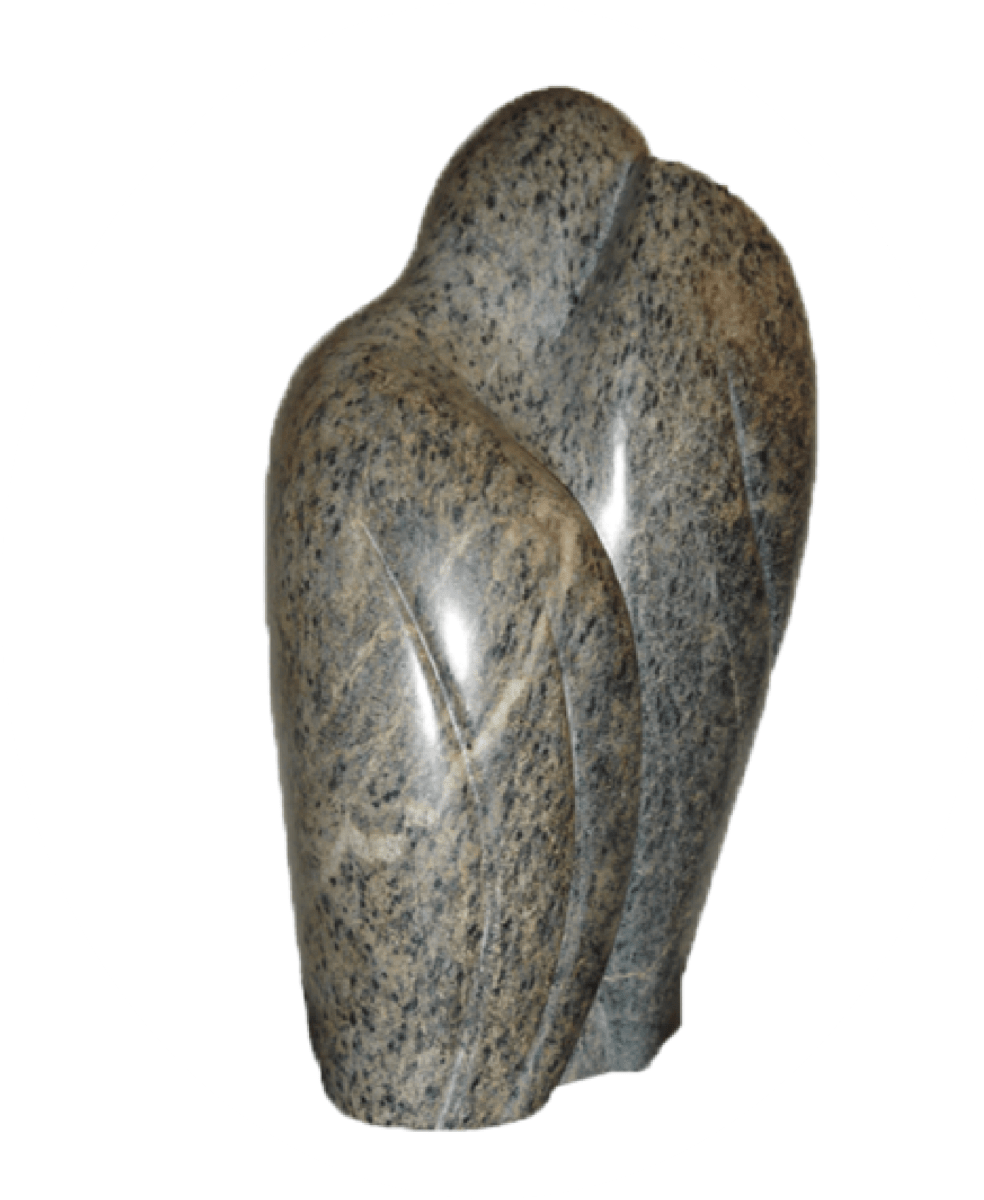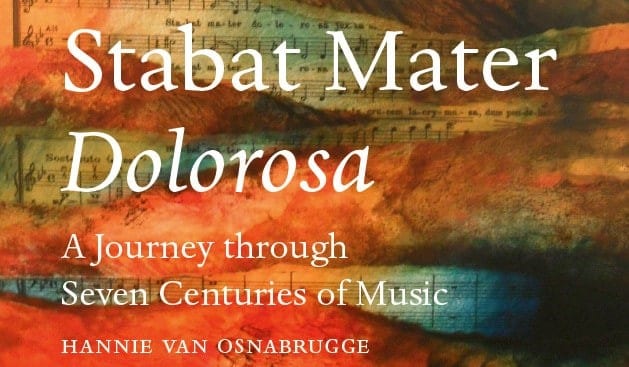Bengt Johansson
About the composer
Bengt Johansson was born in Helsinki, Finland, in 1914. He started studying cello and had to take a job as a restaurant musician. During these years he studied composition at the Sibelius Academy.
He completed his studies in 1947 and in 1952 took a job as sound engineer with the Finnish Broadcasting Company, which he kept until 1975. This work brought him in contact with electronics and he composed the first Finnish electronic piece of music Three electronic studies, which has been performed many times. Nevertheless, he did not see himself as a modernist composer, influenced as he was by the music of Sibelius.
After an instrumental period he more and more turned to composing choral music, often sacred, incorporating elements from Renaissance and Romantism. He died in 1989.
About the Stabat Mater
| Date: | 1951 |
| Performers: | Mixed choir |
| Length: | 17.33 minutes |
| Particulars: | The work is divided into five sections: Introduzione, Corale e fughetta, Interludio, Aria, Fuga e finale. The work is written in a neo-classical style with some fugal sections in the third and fifth parts, and is pleasant to listen to. |
| Textual variations: | The "Analecta"-version of the text is used, with one variations: |
| Colour bar: |
|
Information about the recording
| CD: | Brain Music OSBR 20025: Carmina Saeculi, 100 years of European Choral Music |
| More info: | The CD has been sponsored by the Elisabeth University of Music in Hiroshima, Japan. The choir consists of students and graduates of this University, was established in 2003 and is building a repertoire with special attention to religious music. It was recorded at the Cecilia Hall of the University, December 2003. I received the CD as a present from the conductor, Timo Nuoranne. |
| Choir: | The Elisabeth Singers |
| Conductor: | Timo Nuoranne |
| Other works: | Alfred Janson: Sonnet No.76 (Shakespeare) |
| Code: | 2004 JOH-01 |





